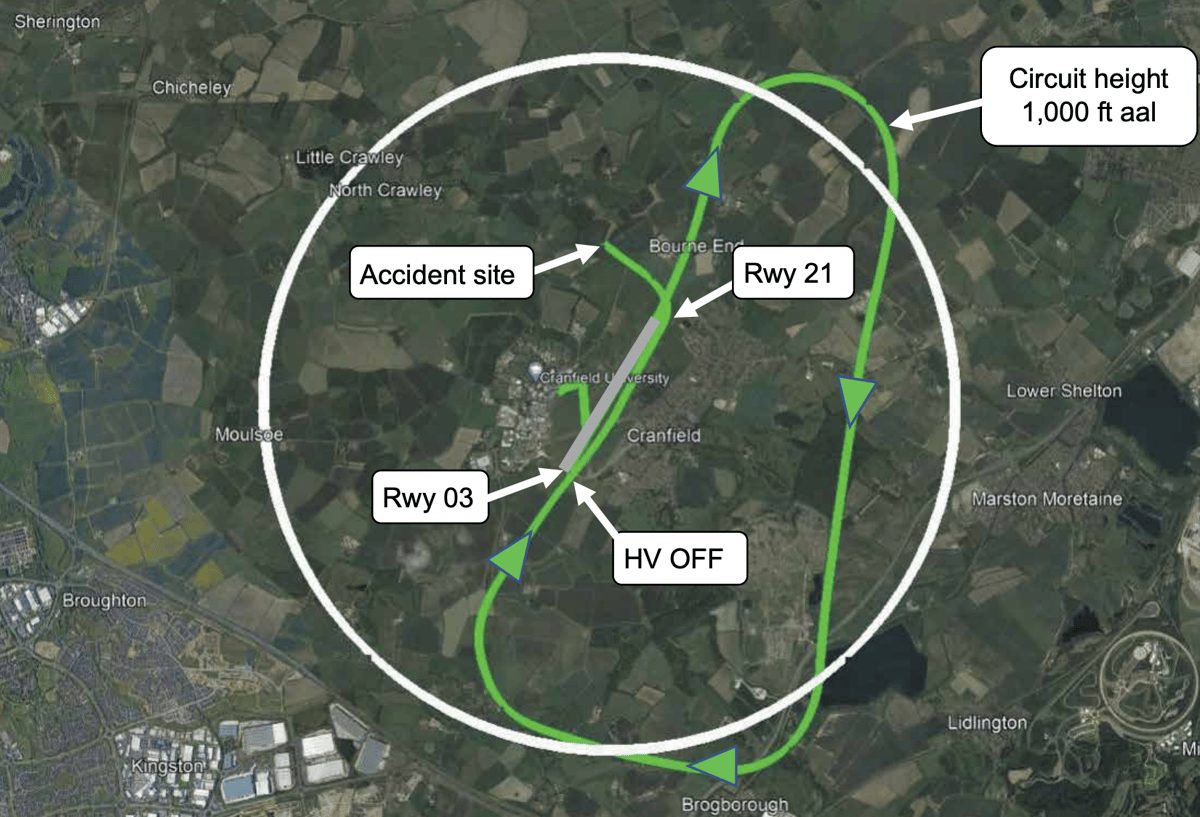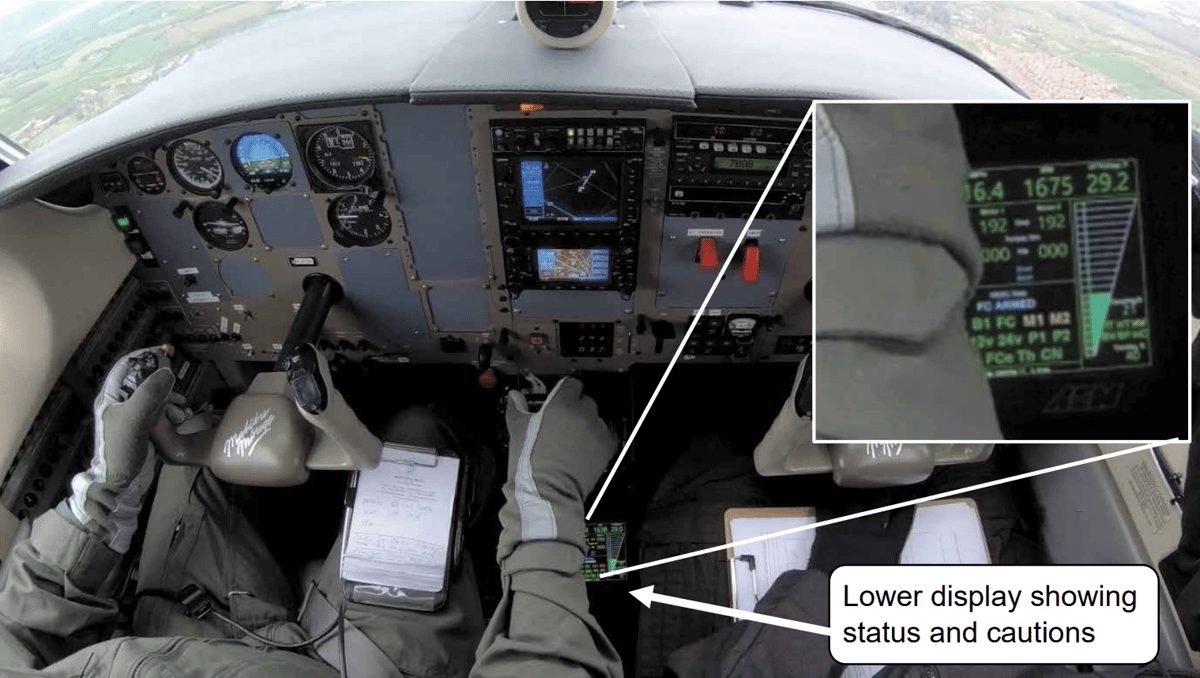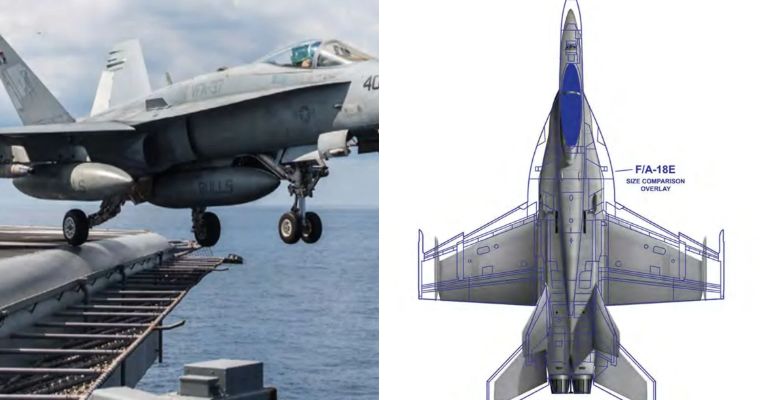Last April, a hydrogen-powered ZeroAvia test plane lost power and crashed during flight tests. The UK’s Air Accidents Investigation Branch (AAIB) has now completed its investigation into the incident, and confirmed that the hydrogen system was not responsible.

ZeroAvia is on the leading edge of a wave of companies working to commercialize clean aviation using green hydrogen as fuel. More energy-dense than batteries, hydrogen can deliver longer endurance and range than battery packs, whether it’s burned in combustion engines or run through a fuel cell stack to power an electric drivetrain, as was the case with ZeroAvia’s aircraft.
Ever since the Hindenburg inferno in 1937, there’s been a lot of fear surrounding hydrogen, particularly when it comes to aviation. Much of this fear, according to Utah State University senior research fellow Eli Dourado, is unfounded, and largely the result of opportunistic lobbying by the nascent US helium industry. Either way, today’s fuel cell aviation pioneers are aware that hydrogen needs a bit of an image makeover coming into the age of clean aviation, so any incidents in flight testing are of extreme interest to the entire industry.
ZeroAvia’s test plane was a modified Piper Malibu Mirage two-seater, running a pair of YASA electric motors on its single, variable-pitch front propeller. Energy was supplied through a hybrid system, split between a 16.25-kWh Li-NMC battery pack and a hydrogen fuel cell. The plane could be switched into three modes: battery only (100 kW max output), fuel cell only (100 kW max output) or both sources active (200 kW max output).
The plane took off from Cranfield Airport in Bedfordshire on the afternoon of April 29, 2021 with a pilot and a flight test observer on board. The plan was to reach an altitude of 1,000 ft (305 m) with both the battery and fuel cell active, then switch the plane to fuel cell only, and fly three or more circuits.

But as soon as the battery was switched off, the plane lost all drive to the propeller, and after several unsuccessful system reset attempts, the pilot made a forced landing in a field beside the runway, touching down at a ground speed around 100 mph (160 km/h). The plane then ran through a hedge, tearing its left wing off, and “came to an abrupt stop” in a ditch. The two crew, uninjured, got out and waited for the airport fire service, then safely vented the hydrogen tank into the air and disconnected the battery. There was no fire, and no hydrogen leaks were detected.
The problem, as it turned out, was that when the battery system was switched off and power to the propeller was cut, the airflow through the prop begin driving it, causing the electric motors to begin acting as generators. This had been done in several previous flights, including one earlier that day, but at slower airspeeds. As ZeroAvia expanded the flight envelope to test higher speeds, the voltage generated by the free-wheeling prop increased to a point where it triggered the overvoltage protection on the inverter, shutting the system down.
Indeed, this had happened on two previous occasions without resulting in a forced landing; the first prompted ZeroAvia to install a fault clear button, which was used successfully the second time power was lost. Thinking the problem was solved, the team pressed ahead, but were caught out at the higher airspeed.

ZeroAvia’s culture as a tech startup as opposed to an established aviation company was partly at fault, according to the AAIB report:
“The flight test team were highly motivated to achieve the project’s goals because they believed in the potential of the technology and the need to improve sustainability in aviation. They were influenced to make an expedient decision by the culture within the operator and the competitive environment they were working in. None of the flight test team had formal flight test training or experience in a professional flight test programme, so there was nothing within their own experience to influence them to take a more cautious and systematic approach.”
The team’s errors, according to the report, included insufficient ground testing, ineffective emergency procedures, insufficient investigation of previous losses of power, a lack of review of risk assessments after the preceding power losses, and ad hoc changes to the flight test plan without following proper procedure.
The company put out a statement welcoming the report’s findings, saying its own internal investigation had come to similar conclusions, and that the company has since tightened up its culture, added “extensively qualified” team members to its design, airworthiness and flight test teams, and established an aviation-grade safety management system.
When we last spoke to ZeroAvia CEO Val Miftakhov last August, he addressed the incident. “Everybody’s OK,” he told us. “No leaks of any kind. The response crew commented that if this was a fossil fuel aircraft, it would’ve had a fire for sure, since the wing detached – you would’ve had fuel lines severed near a hot engine.”
When asked what would happen in a crash that did compromise the hydrogen system, he told us “it’s hard to have a truly catastrophic situation there unless you break the tank. That would be quite a feat to accomplish – it’s a very sturdy piece of pressurized equipment with thick carbon fiber walls, it’s basically the last thing that’s going to break on an aircraft. The most vulnerable parts are downstream of the tank, maybe you could tear a fuel line. But the tank has integrated valves, over-pressure protection, over-flow protection, over-temperature protection. If you tear a fuel line, the flow rate will go up, and it’ll trigger the overflow protection and stop the flow.”
So the clean aviation sector as a whole can take somewhat of a deep breath; the hydrogen fuel cell powertrain did not contribute to this incident at all. But although nobody was hurt, this has been a serious wake-up call for ZeroAvia. It’s also a warning to the many tech companies streaming into the aviation sector to stake claims in the decarbonization gold rush: in this game, you dot your ‘i’s and cross your ‘t’s for a reason.
Source: AAIB Incident Report








